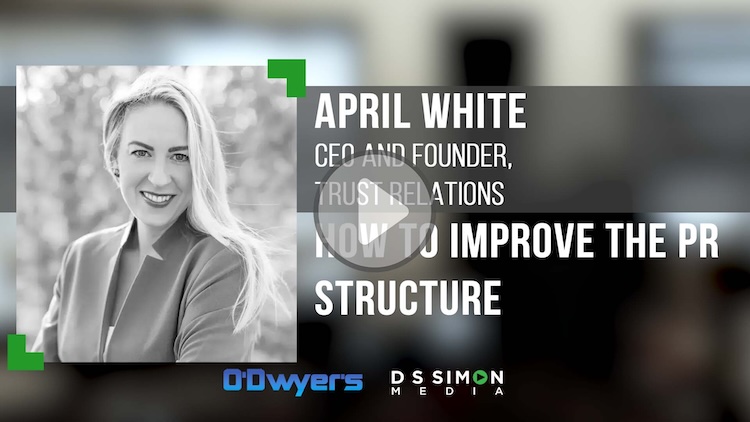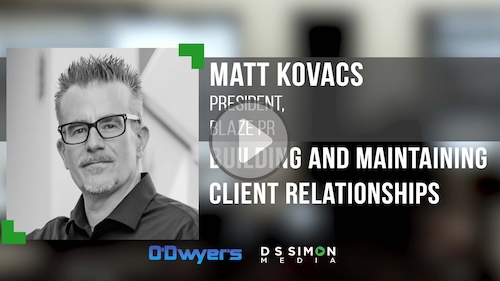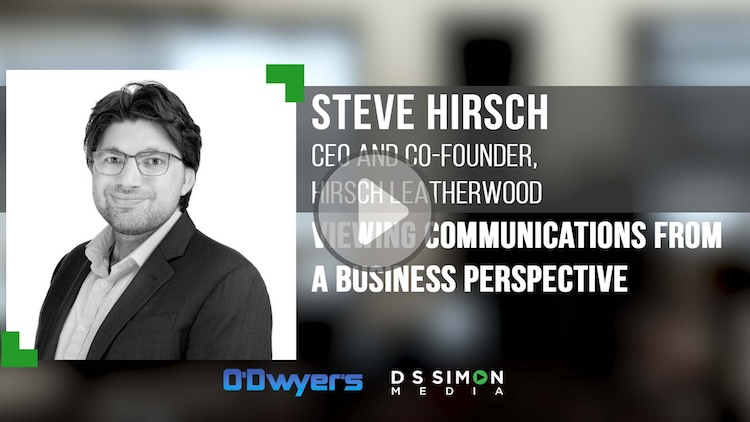 Peter V. Stanton Peter V. Stanton |
Many agencies and corporations operate in alignment with a culture laid out by the founder. Today, a broader perspective is required. The founder’s vision is an important—perhaps even vital—guidepost, but people within the firm also need to feel enfranchised in what your culture says and means.
Having recently gone through a process of culture reassessment and refinement, here are a few recommendations for agency leaders to consider as they initiate their own culture update.
Invite the conversation
Professionals enter a firm and discover the company’s culture memorialized on the website, in onboarding materials and perhaps even on wall signs. The impression is that the words are almost sacred and certainly unalterable. Leaders can stimulate considerable enthusiasm and engagement simply by inviting their teams to a conversation about the culture. Asking questions such as “Does this have meaning for you?” “Is it relevant to today?” “What are we missing?” can open a dialogue that can be enormously enlightening for leadership, but also empowering for the team.
| This article is featured in O'Dwyer's May '22 PR Firm Rankings Magazine (view PDF version) |
The culture conversation doesn’t need to be premised on the idea that what currently exists will be discarded. In fact, the discussion can have the effect of affirming the existing culture and enabling a clearer discussion of its meaning and daily implications. But we must recognize that society has changed, certainly over the 30 or more years since our firm was founded. Even over the last five years. For us, what seemed compelling at our origins proved not specifically transferable to today. If your people feel your culture doesn’t speak for them, they are likely to opt-out and pursue other opportunities, especially at a time when younger generations seek meaningful purpose in their work far more than just a paycheck. Similarly, those who wish to know your culture before accepting a job offer may feel their views are out of alignment with the company’s. Relevance is resonance. Invite the conversation.
Enable peer-to-peer dialogue
It’s hard to confront the boss, especially if the boss happens also to be the founder who wrote the culture statement in the first place. A dialogue among peers can be far easier. Small working groups enable colleagues to share perspectives, discuss the meaning of the company’s culture statement and consider its real-world implications and possible interpretations.
Most cultural expressions delineate a sequence of values that are core to the company’s ethos and operations. In our process, we gave several small working groups one of these values to consider. The remit was not to throw it out and start again necessarily but to raise questions, think about its importance and share ideas for change. Each team was also asked for their interpretation of what each value meant in terms of our daily behaviors. Thus, when a group looked at our value of “Clients First,” they defined their interpretation of how this guides our thinking, our approach to client service and our responsibilities to exceed expectations, bring forward new ideas and always act in our clients’ best interests.
But within the “safe space” of the small group and without the boss looking over their shoulder, the group was also able to bring forward a genuine concern: Does this value mean the people of the firm are less important? This proved to be an ah-ha moment for the boss but prompted a deeper discussion of how to broaden the value so it would not appear dismissive of those who are asked to live it every day.
Demonstrate openness to change
There can be an impulse to keep things the way they’ve always been. That kind of rigidity can make individuals feel their ideas and perspectives are not valued. At the outset of the process, be clear about your openness to change. Welcome new ideas but be equally clear that it’s not enough to simply say “I don’t like it.” Any such sentiment must be coupled with a rationale and a recommendation.
Our teams understood and accepted that challenge. They explained their perspective on “Clients First” and thought collaboratively about how we might redefine the value without jettisoning the principle. When the small groups came together for an all-hands presentation of their work and thinking, each also brought forward options for change. Not every option was generally applauded, but every option was heard, discussed and openly considered, not just by the founder, but the entire team. The word “no” was never articulated. Instead, the word “why” was the more positive pathway to acceptance of any change. Our new expression of this value is “Relationships First.” That new expression has far deeper meaning than its predecessor.
All PR firms challenge their people every day to apply their intellect on behalf of clients. That same approach was modeled here as people came prepared to explain not argue, influence not irritate. In the end, everyone had the opportunity to weigh in and the boss had the opportunity to demonstrate acceptance of the probability that change would result.
Make it meaningful
As a new expression of culture emerges from this kind of process, so does a consensus that it needs to be understood and applied in very practical ways. Each of our small working groups not only brought forward a specific value concept but also defined their ideas for how we would “live” each value.
This dimension is often lost in favor of an up-to-date way of describing what a company believes and stands for. Companies can, for example, express their respect for individuality, but how is that demonstrated on a daily basis? Does the famous Dilbert cartoon about casual days going too far become the norm? Are people free to work in whatever way they choose? There must be clarity about the way each of the company’s values is demonstrated through our collective actions. This “substance behind the statement” is almost of greater importance than the words themselves.
Share ownership
When the process is complete, the outcome is the shared work product of all participants. Culture is no longer the founder’s alone. Willingness to share ownership across the team and recognize this new expression as a common belief is vital to its ultimate integrity and durability.
Memorializing the cultural expression on the company website, in orientation materials and even in new business presentations is the most effective means for everyone to feel they helped to create something meaningful and lasting. And as Mom always reminded me: “Never forget to tell them Thank You.”
Throughout our process, people of various ages, cultural backgrounds and professional experiences put the founder’s creation under the microscope and ultimately brought it into the 21st century. A deliberative and thoughtful process will help ensure success in this vitally important consideration.
***
Peter V. Stanton is CEO and Founder of Stanton Communications, Inc.










 Have a comment? Send it to
Have a comment? Send it to 
May 9, 2022, by Joe Honick
Peter remains the unchallenged "Harry Truman" of the business when it comes to dealing with the heat in the "kitchen"!